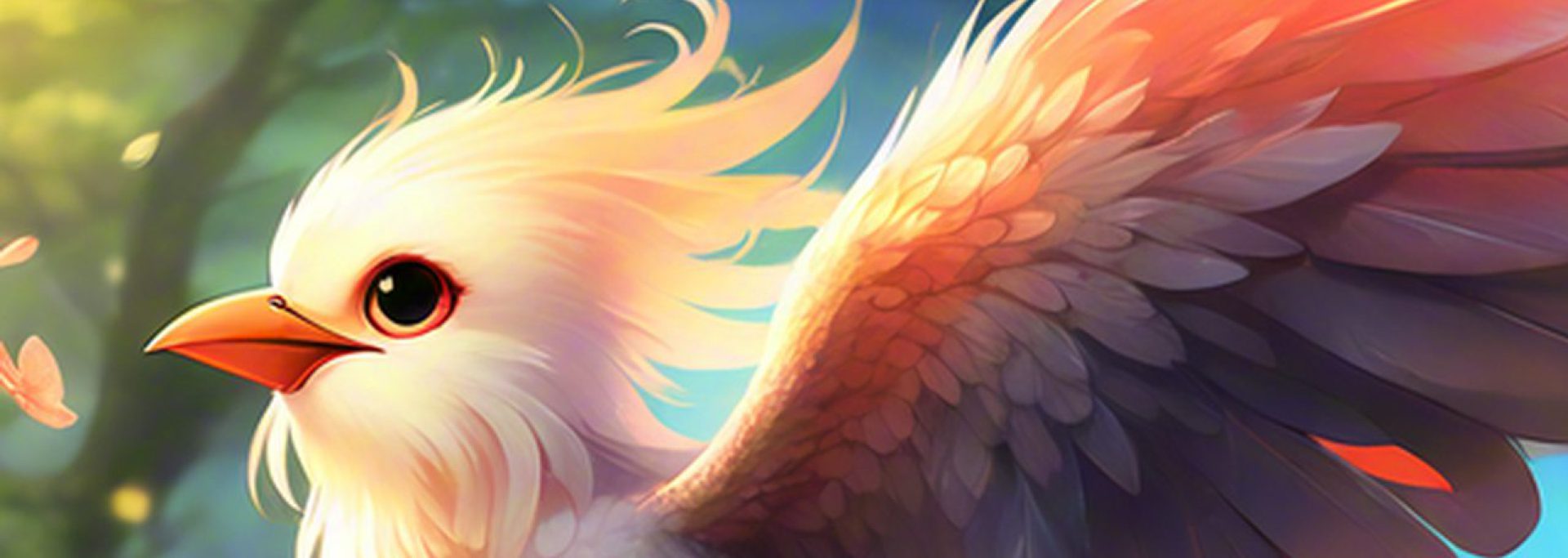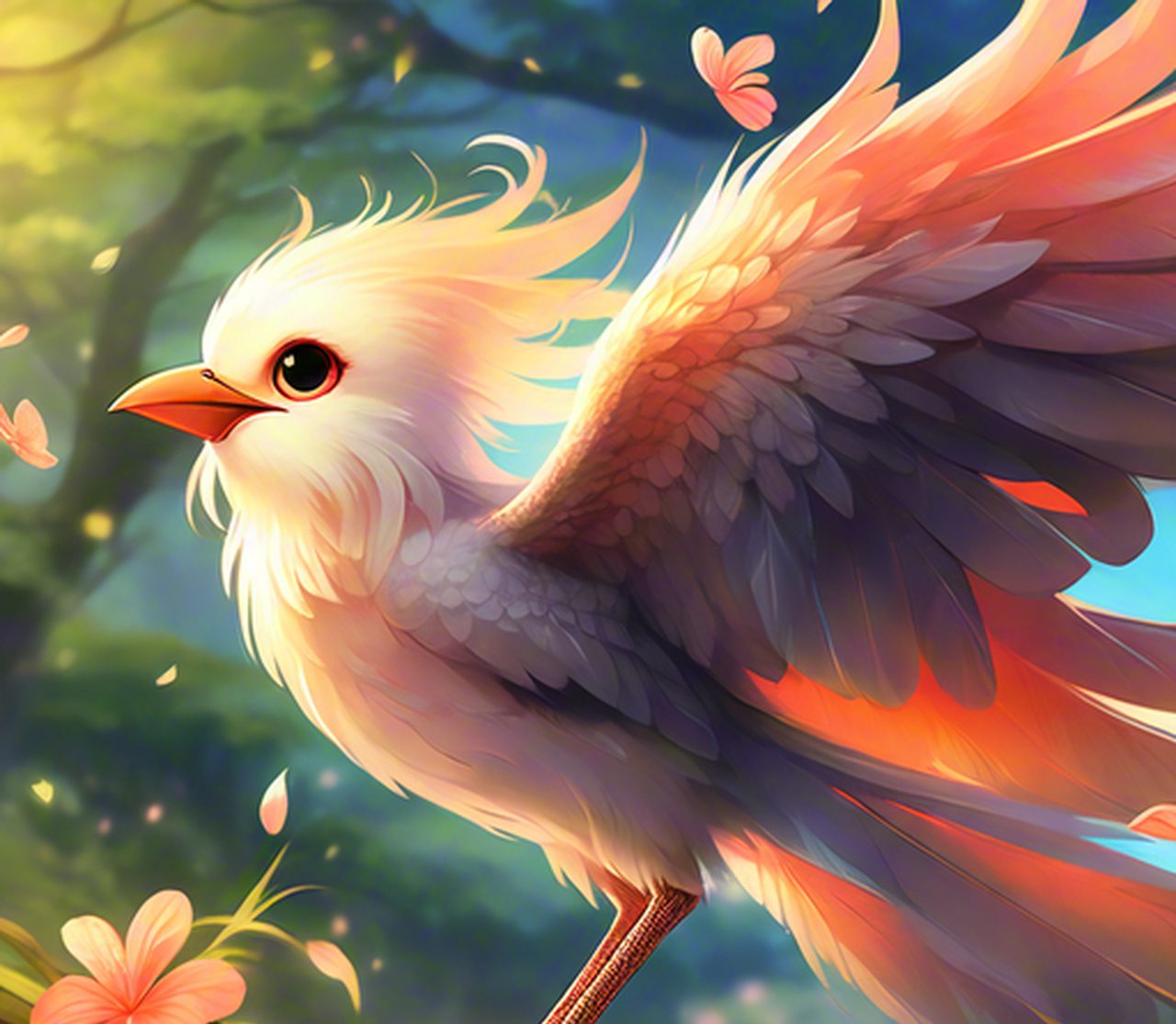Nikola Tesla: Engineer – Exploring the Wizard of the Modern Age ⚡🧙♂️
(A Lecture on the Brilliant Mind Behind Our Electric World)
(Introduction – Lights, Camera, Tesla!)
Alright everyone, settle in, settle in! Welcome, welcome! Today, we’re diving deep into the electrifying world of one of history’s most misunderstood, yet utterly brilliant minds: Nikola Tesla! 🤯 Forget Edison versus Tesla – let’s get beyond the narrative and understand the engineer behind the legend. Forget pigeon-feeding eccentrics (though we’ll touch on that, I promise! 🐦). We’re here to celebrate the ingenuity, the audacity, and the sheer visionary power of a man who quite literally wired the world.
Think of this lecture as a journey. A journey through alternating currents, wireless power dreams, and a whole lot of patents. We’ll be exploring the core of Tesla’s work, not just the myths and legends surrounding him. Prepare to be amazed, occasionally bewildered, and hopefully, to leave with a newfound appreciation for the genius that was Nikola Tesla.
(I. The Serbian Spark: Early Life and Education)
Nikola Tesla wasn’t born with a silver spoon, or a copper wire, in his mouth. He was born in 1856 in Smiljan, Croatia (then part of the Austrian Empire), during a lightning storm. Spooky, right? ⛈️ His mother, Djuka Mandic, was an inventor in her own right, crafting household tools and mechanical appliances. His father, Milutin Tesla, was a Serbian Orthodox priest. This combination of practical ingenuity and intellectual curiosity proved to be the perfect breeding ground for a future genius.
Young Nikola was a bright spark, showing an early aptitude for mathematics and a photographic memory that would make even the most seasoned student green with envy. 🤓 He was a bit of a rebel too, known for his elaborate pranks and near-death experiences (including almost drowning, and a near-fatal bout of cholera).
He studied at the Austrian Polytechnic in Graz and the University of Prague, where he excelled in mathematics and physics. However, his formal education wasn’t always smooth sailing. He developed a gambling habit (card games, specifically) which almost derailed his studies. He eventually kicked the habit, but it served as a valuable lesson in the power of obsession.
| Key Events in Tesla’s Early Life | Description |
|---|---|
| 1856: Birth in Smiljan, Croatia | Born during a lightning storm (allegedly!), foreshadowing his electrifying future. |
| Early Education: | Showed exceptional aptitude for math and memory. |
| Austrian Polytechnic, Graz: | Studied engineering, initially excelling but later struggling due to gambling. |
| University of Prague: | Continued his studies, but ultimately dropped out due to financial constraints. |
(II. European Adventures: From Telegraphs to AC Dreams)
After leaving university, Tesla worked for various companies, including the Continental Edison Company in Paris. This is where he honed his skills in electrical engineering and gained valuable experience in the burgeoning field of electricity. He repaired dynamos and lighting systems, and his talent was quickly recognized.
But, and this is a big but, Tesla had a vision. A vision of alternating current (AC) as the future of electricity. He believed AC was more efficient and could transmit power over longer distances than Thomas Edison’s preferred direct current (DC). This conviction would lead to a clash of titans, a battle of currents that would shape the future of the world.
Imagine him, standing in a dimly lit Parisian workshop, tinkering with wires and dynamos, convinced he held the key to unlocking a new era of electrical power. 💡 A young man, armed with nothing but his intellect and unwavering belief in his ideas, ready to challenge the established order.
(III. The American Dream (and the War of the Currents): A Battle for the Future)
In 1884, Tesla, armed with a letter of recommendation from Charles Batchelor (Edison’s right-hand man), arrived in New York City. He initially worked for Edison, attempting to improve DC generators. However, their personalities and visions clashed. Edison was a practical inventor, focused on immediate improvements and marketability. Tesla was a visionary, focused on grand, revolutionary ideas.
The famous story goes that Edison promised Tesla a significant sum of money ($50,000, which was a fortune back then) if he could improve Edison’s DC generators. Tesla did just that. But Edison, true to form, reportedly dismissed it as "a practical joke," leaving Tesla feeling betrayed and undervalued.
This led to Tesla leaving Edison’s company and, with the help of investors, forming his own company, the Tesla Electric Light & Manufacturing. This venture was short-lived, and Tesla was eventually forced out, left with nothing but his patents and his unwavering belief in AC.
But then came George Westinghouse. Westinghouse, an industrialist and visionary himself, recognized the potential of Tesla’s AC system. He bought Tesla’s patents for a significant sum and began to develop AC power systems. This marked the beginning of the "War of the Currents," a fierce battle between AC and DC for dominance in the electricity market.
| The War of the Currents: AC vs. DC | Alternating Current (AC – Tesla/Westinghouse) | Direct Current (DC – Edison) |
|---|---|---|
| Transmission Distance: | Long distances with transformers | Limited distance, significant power loss |
| Voltage: | Can be easily stepped up or down | Fixed voltage |
| Efficiency: | More efficient for long-distance transmission | Less efficient for long-distance transmission |
| Safety: | Potentially more dangerous if not handled properly | Relatively safer to handle at lower voltages |
Edison launched a smear campaign against AC, highlighting its potential dangers (using public demonstrations involving electrocuting animals with AC). He even lobbied to have AC used in the electric chair, hoping to associate AC with death and fear. 💀
However, the superior efficiency and long-distance transmission capabilities of AC eventually won out. Westinghouse and Tesla’s AC system powered the 1893 World’s Columbian Exposition in Chicago, showcasing the power and potential of AC to the world. This was a pivotal moment, solidifying AC’s position as the standard for electricity distribution.
(IV. Niagara Falls and the Triumph of AC: Powering the Future)
The ultimate triumph of AC came with the construction of the Niagara Falls hydroelectric power plant. Westinghouse and Tesla’s AC system was chosen to transmit power from Niagara Falls to Buffalo, New York, a distance of over 20 miles. This was a groundbreaking achievement, demonstrating the practicality and reliability of AC for large-scale power generation and distribution.
Imagine the scene: the roaring power of Niagara Falls harnessed and transformed into electricity, flowing through Tesla’s AC system, illuminating homes and businesses miles away. 💡 It was a testament to Tesla’s vision and Westinghouse’s belief in his ideas. The Niagara Falls project cemented Tesla’s reputation as a brilliant engineer and visionary.
(V. Beyond AC: Exploring Tesla’s Other Inventions and Visions)
While the AC motor and power distribution system are undoubtedly Tesla’s most significant contributions, his genius extended far beyond that. He was a prolific inventor, with over 300 patents to his name. He explored a wide range of technologies, including:
- Radio: Tesla developed key technologies for radio communication, including the Tesla coil, which is still used in radio transmitters today. While Guglielmo Marconi is often credited with inventing the radio, Tesla’s earlier work on radio transmission and reception has been recognized in subsequent legal battles and historical analyses.
- Wireless Power Transmission: Tesla dreamed of wirelessly transmitting power across the globe. He built Wardenclyffe Tower, a massive experimental station on Long Island, New York, intended to be a wireless broadcasting system. However, the project was plagued by financial difficulties and ultimately abandoned. 📡 Though unfinished, Wardenclyffe Tower remains a symbol of Tesla’s audacious vision and his unwavering belief in the possibility of wireless power.
- High-Frequency Currents: Tesla experimented extensively with high-frequency currents, exploring their potential applications in medicine, lighting, and other fields. He developed high-frequency oscillators and transformers, which were used in various scientific and industrial applications.
- Remote Control: Tesla demonstrated the first radio-controlled boat in 1898. This invention showcased the potential of wireless control technology and paved the way for future developments in robotics and remote control systems. 🤖
- X-Rays: Tesla experimented with X-rays before Wilhelm Röntgen’s discovery, though he didn’t publish his findings. Some of his research and equipment were later destroyed in a lab fire.
| Tesla’s Inventions Beyond AC | Description | Impact |
|---|---|---|
| Tesla Coil | A resonant transformer circuit used to produce high-voltage, high-frequency alternating current electricity. | Used in radio transmitters, medical equipment, and various other applications. |
| Radio Technology | Developed key technologies for radio communication, including oscillators and tuned circuits. | Contributed significantly to the development of radio, though Marconi is often credited with the invention. |
| Wireless Power Transmission | Envisioned a global wireless power system, but never fully realized it. | Remains a fascinating concept and a subject of ongoing research. |
| Remote Control | Demonstrated the first radio-controlled boat. | Paved the way for future developments in robotics and remote control systems. |
| X-Ray Technology | Experimented with X-rays before Röntgen’s discovery, but did not publish his findings. | Contributed to the early understanding of X-ray technology. |
(VI. The Eccentric Genius: Tesla’s Personal Life and Legacy)
Tesla was a complex and eccentric individual. He was known for his meticulous habits, his aversion to physical contact, and his deep connection with pigeons. 🐦 He claimed to have a photographic memory and could visualize complex inventions in his mind.
He was also a charismatic and engaging speaker, captivating audiences with his visions of the future. He was a celebrity in his own time, admired by scientists, artists, and intellectuals alike.
However, his later years were marked by financial difficulties and increasing isolation. He became increasingly obsessed with his ideas, often working tirelessly in his laboratory, neglecting his personal life. He died in 1943, largely forgotten by the public.
But his legacy has been rediscovered and celebrated in recent decades. His contributions to electrical engineering are now widely recognized, and he is considered one of the greatest inventors of all time. His vision of a wireless world continues to inspire engineers and scientists today.
(VII. Why Tesla Matters: Lessons from a Visionary)
So, why does Tesla matter? Why should we care about a long-dead inventor with a penchant for pigeons? 🕊️
- He dared to dream big: Tesla wasn’t afraid to pursue audacious ideas, even when they seemed impossible. He challenged conventional wisdom and pushed the boundaries of what was considered possible.
- He was a systems thinker: Tesla understood that individual components were only part of the solution. He focused on developing integrated systems that could deliver power efficiently and reliably.
- He believed in the power of innovation to improve the world: Tesla saw technology as a tool for progress and believed that his inventions could benefit humanity.
- He reminds us that genius often comes with its own set of eccentricities: Tesla’s personal quirks and eccentricities shouldn’t overshadow his brilliance. They are a reminder that genius often comes in unconventional packages.
(VIII. Conclusion: The Electric Legacy)
Nikola Tesla was more than just an inventor. He was a visionary, a futurist, and a true engineering genius. He laid the foundation for the modern electrical grid, developed key technologies for radio communication, and dreamed of a wireless world.
His story is a reminder that innovation requires not only technical expertise but also courage, creativity, and a unwavering belief in the power of ideas. So, the next time you flip a light switch, charge your phone, or listen to the radio, take a moment to remember Nikola Tesla, the wizard who wired the world. ⚡
Thank you! Any questions? (Please, no questions about pigeon telepathy. I’m not qualified.) 😉

